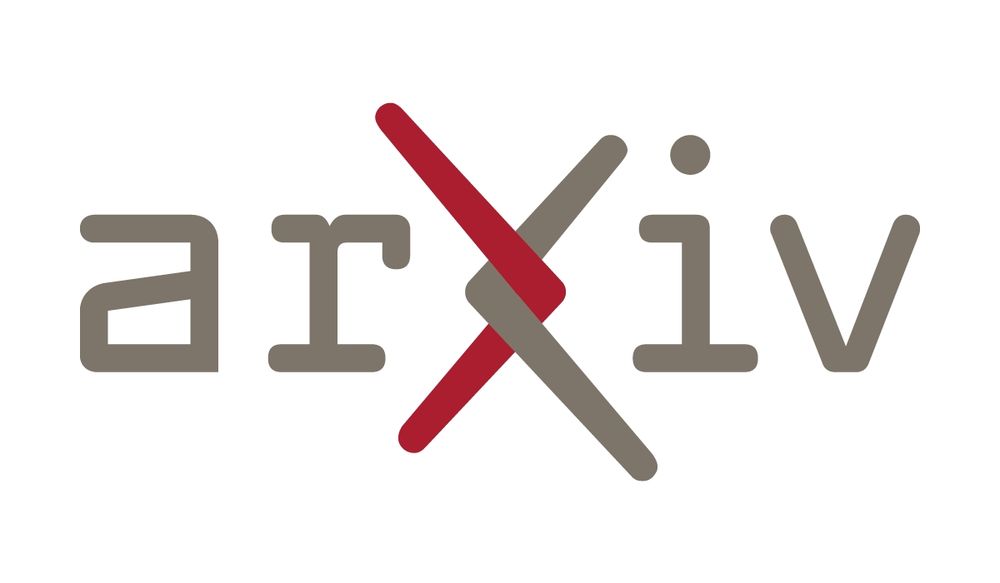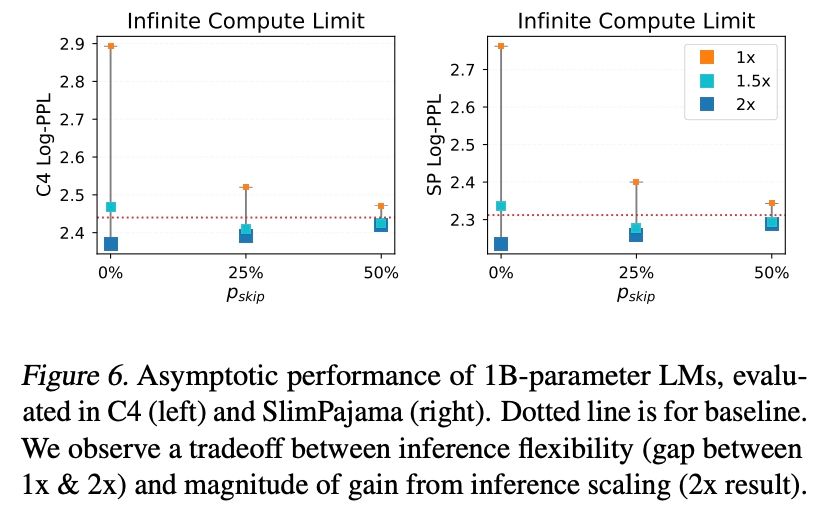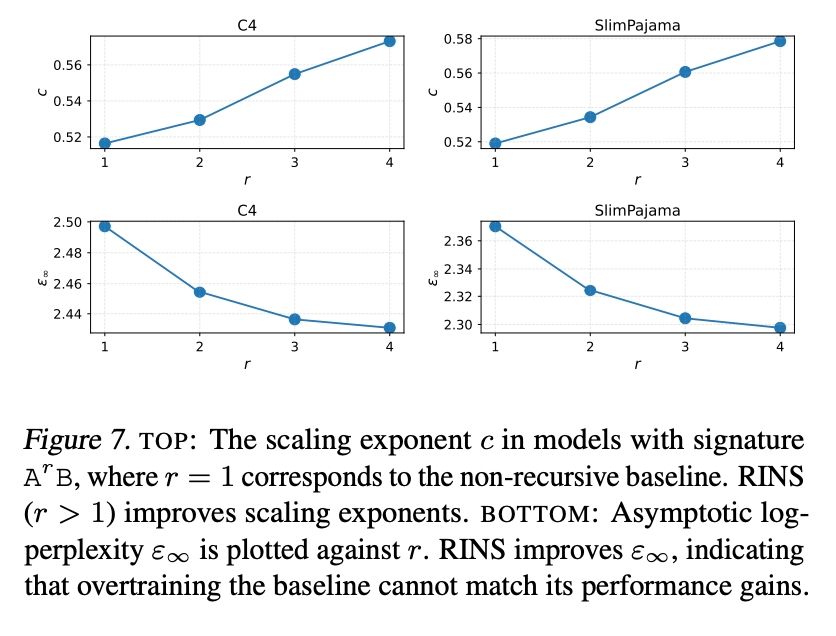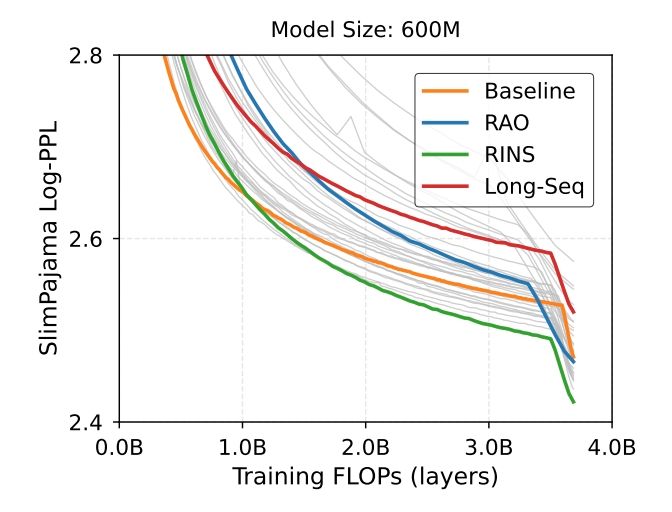
abs: arxiv.org/abs/2502.07503
pdf: arxiv.org/pdf/2502.07503
and please reach out for any comments or questions.

abs: arxiv.org/abs/2502.07503
pdf: arxiv.org/pdf/2502.07503
and please reach out for any comments or questions.






Poster #3105, Fri 13 Dec 4:30-7:30pm
x.com/ibomohsin/st...
See you there!
Poster #3105, Fri 13 Dec 4:30-7:30pm
x.com/ibomohsin/st...
See you there!
Poster #3602, Thu 12 Dec 4:30-7:30pm
arxiv.org/abs/2403.19596

Poster #3602, Thu 12 Dec 4:30-7:30pm
arxiv.org/abs/2403.19596
Poster #3810, Wed 11 Dec 11am-2pm (2/4)
x.com/ibomohsin/st...
Poster #3810, Wed 11 Dec 11am-2pm (2/4)
x.com/ibomohsin/st...

